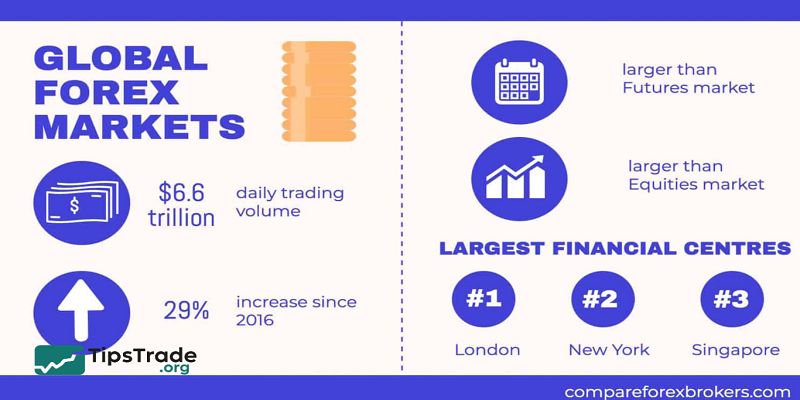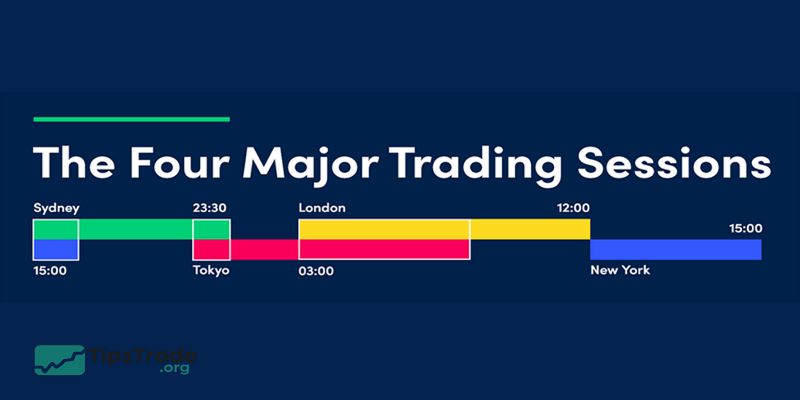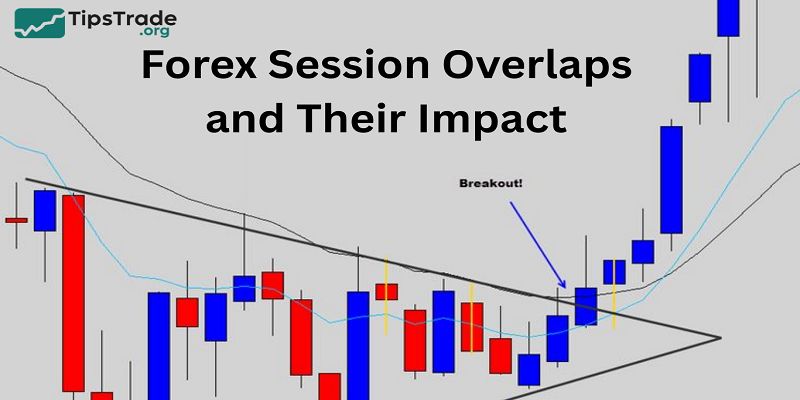Forex trading hours define the specific times during which the foreign exchange market is open for trading, enabling traders worldwide to buy, sell, and exchange currencies continuously. Understanding forex trading hours is crucial for maximizing trading opportunities, managing market volatility, and executing trades when liquidity is highest. Understanding these hours is essential for traders to take advantage of market liquidity and volatility at different sessions. For more detailed insights into optimal trading times and strategies, visit tipstrade.org.
Introduction to Forex Trading Hours
- The forex market is unique compared to other financial markets because it operates 24 hours a day, five days a week.
- Unlike the stock market, which has fixed opening and closing times, forex allows traders to buy and sell currencies almost any time they wish.
- For beginners, this can be both exciting and confusing.
- Knowing when the market is most active helps traders avoid wasted effort during quiet times and instead focus on sessions with higher liquidity and volatility.
- Understanding forex trading hours is the foundation of a good trading plan because timing directly affects spreads, execution speed, and the potential for profit.
How the Forex Market Operates Globally

- Forex is an over-the-counter (OTC) market, meaning there is no central exchange like Wall Street. Instead, trading happens electronically between banks, institutions, brokers, and retail traders worldwide.
- This global structure is why forex never really sleeps. As one major financial center closes, another one opens. For example, when London winds down, New York takes over.
- To simplify timing, traders usually rely on GMT (Greenwich Mean Time) or EST (Eastern Standard Time). These benchmarks help synchronize trading sessions across continents.
- The constant flow of activity makes forex highly liquid, with over $7.5 trillion traded daily (Bank for International Settlements, 2022).
- However, not every hour is equally active—some periods have more movement, while others remain quiet.
- >>Read more:
Major Forex Trading Sessions Explained

Sydney Session
- The Sydney session is the first to open after the weekend, running from 10:00 PM to 7:00 AM GMT (5:00 PM to 2:00 AM EST).
- It sets the tone for the week, especially for pairs involving the AUD and NZD. Liquidity is usually moderate, with fewer big moves compared to London or New York.
- Traders often use this session to plan strategies or catch small trends.
- For beginners, it’s a good time to observe the market’s pace before entering heavier trading hours.
Tokyo Session (Asian Session)
- The Tokyo session, also called the Asian session, overlaps slightly with Sydney and runs from 12:00 AM to 9:00 AM GMT (7:00 PM to 4:00 AM EST).
- It’s most active for currency pairs linked to the JPY, AUD, and NZD.
- Economic news from Japan, China, and Australia often drives price action during this time.
- Volatility can be limited, but when it does spike, it often sets trends for later sessions. Swing traders watch Tokyo hours to anticipate moves in London.
London Session (European Session)
- The London session is the powerhouse of forex trading. Running from 8:00 AM to 5:00 PM GMT (3:00 AM to 12:00 PM EST), it covers the busiest hours in the market.
- Nearly 40% of daily forex transactions take place here, with popular pairs like EUR/USD, GBP/USD, and USD/CHF seeing heavy activity.
- London is considered the most volatile session, offering plenty of opportunities for day traders.
- The overlap with New York later in the day makes it even more dynamic.
New York Session (North American Session)
- The New York session runs from 1:00 PM to 10:00 PM GMT (8:00 AM to 5:00 PM EST). Since the U.S. dollar is part of nearly 90% of forex transactions, this session is critical.
- Economic announcements from the U.S.—such as employment data, Federal Reserve meetings, or GDP releases—can cause sharp price swings.
- The first few hours, when London is still open, are often the most volatile.
- Many beginners focus on this session because of its clear market movements and high liquidity.
Forex Session Overlaps and Their Impact

Overlaps are when two trading sessions are active at the same time. These periods usually bring the most liquidity and volatility, creating excellent trading opportunities.
- London–New York Overlap (12:00 PM – 4:00 PM GMT): The busiest time of day, with spreads tightening and big moves across EUR/USD, GBP/USD, and USD/JPY.
- Asian–European Overlap (7:00 AM – 9:00 AM GMT): Less intense but can provide early trends before London gains momentum.
Understanding overlaps helps traders know when to expect sharp price movements and when to avoid thin, quiet markets.
Best Times to Trade Forex
The “best” trading time depends on your strategy and the pairs you trade:
- Scalpers prefer high-liquidity hours (London–New York overlap).
- Swing traders watch for trends starting in Tokyo and carried into London.
- News traders focus on U.S. session releases.
Best hours for major pairs:
- EUR/USD & GBP/USD: London–New York overlap.
- USD/JPY: Tokyo and early U.S. session.
- AUD/USD: Sydney–Tokyo hours.
Avoid trading late Friday or during major holidays—liquidity drops, spreads widen, and unpredictable gaps may occur.
Factors That Influence Forex Market Hours

Even though forex runs 24/5, activity levels vary due to external factors:
- Economic events: Interest rate decisions (Fed, ECB, BoJ) strongly impact currency volatility.
- Political news: Elections, wars, or unexpected announcements move markets suddenly.
- Global holidays: Christmas, New Year, and Japan’s Golden Week often reduce liquidity.
Keeping an economic calendar handy is crucial for anticipating market activity.
Tools to Track Forex Market Hours
Beginners often struggle with time zones, but tools can help:
- Forex market hours converters (e.g., Timeanddate, Market24hClock).
- Trading platforms like MetaTrader 4/5 and TradingView, which automatically adjust to your local time.
- World clocks or mobile apps that highlight overlaps and upcoming sessions.
By setting reminders, traders can plan schedules aligned with the most profitable sessions.
Common Mistakes Beginners Make with Forex Hours
New traders often misunderstand forex trading hours. Common errors include:
- Trading during low-liquidity times (late Sydney or Friday afternoon).
- Ignoring news events that spike volatility.
- Confusing session start/end times due to daylight savings or time zone shifts.
Avoiding these mistakes saves money and reduces frustration.
Tips for Optimizing Your Trading Schedule
To succeed, beginners should:
- Match trading hours with their personal time zone and lifestyle.
- Focus on overlaps for better opportunities.
- Use a trading journal to track which hours yield consistent results.
- Marage risk carefully during the U.S. session when news is frequent.
Consistency matters more than being online 24/5.
Conclude
Forex trading hours are a key factor that directly affects the efficiency and trading strategy of investors. Forex trading hours determine the time frame when the market opens, including the Sydney, Tokyo, London and New York sessions, with their own liquidity and volatility characteristics

